Full text
PDF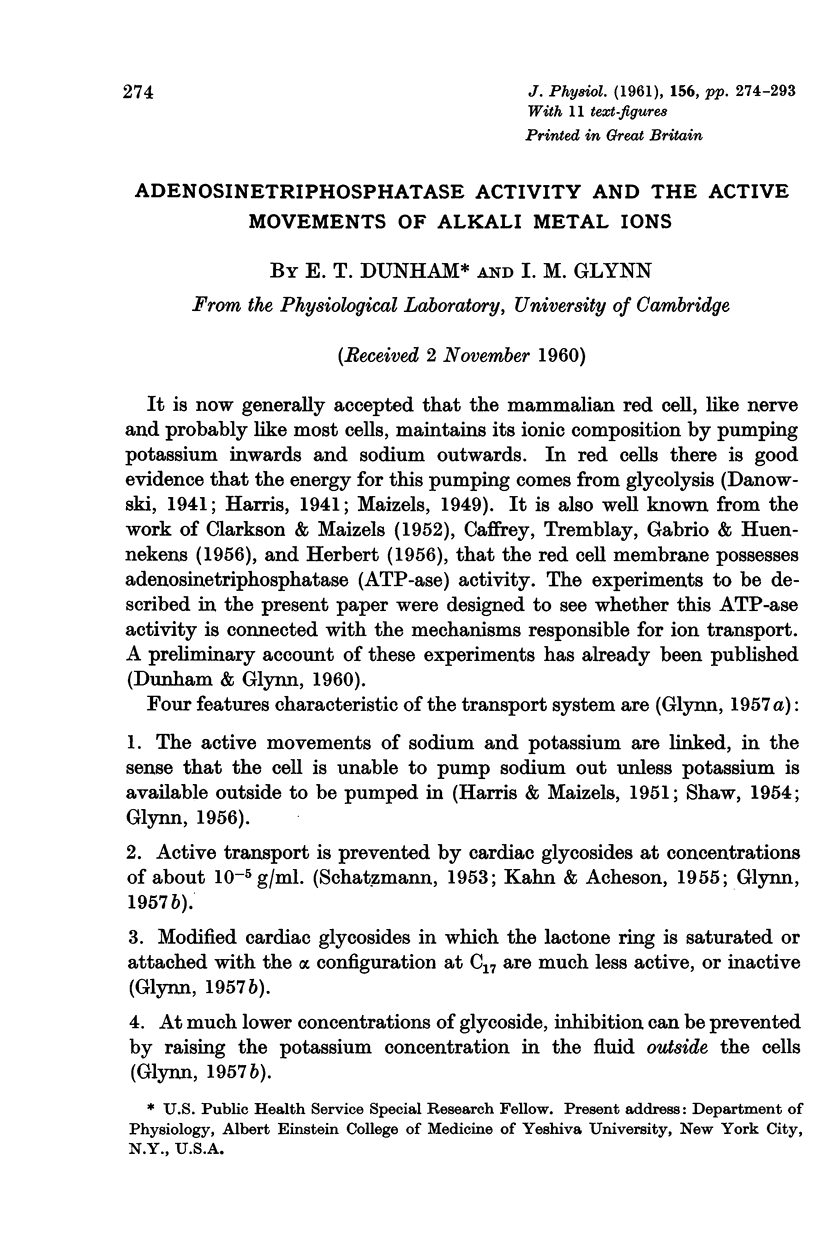
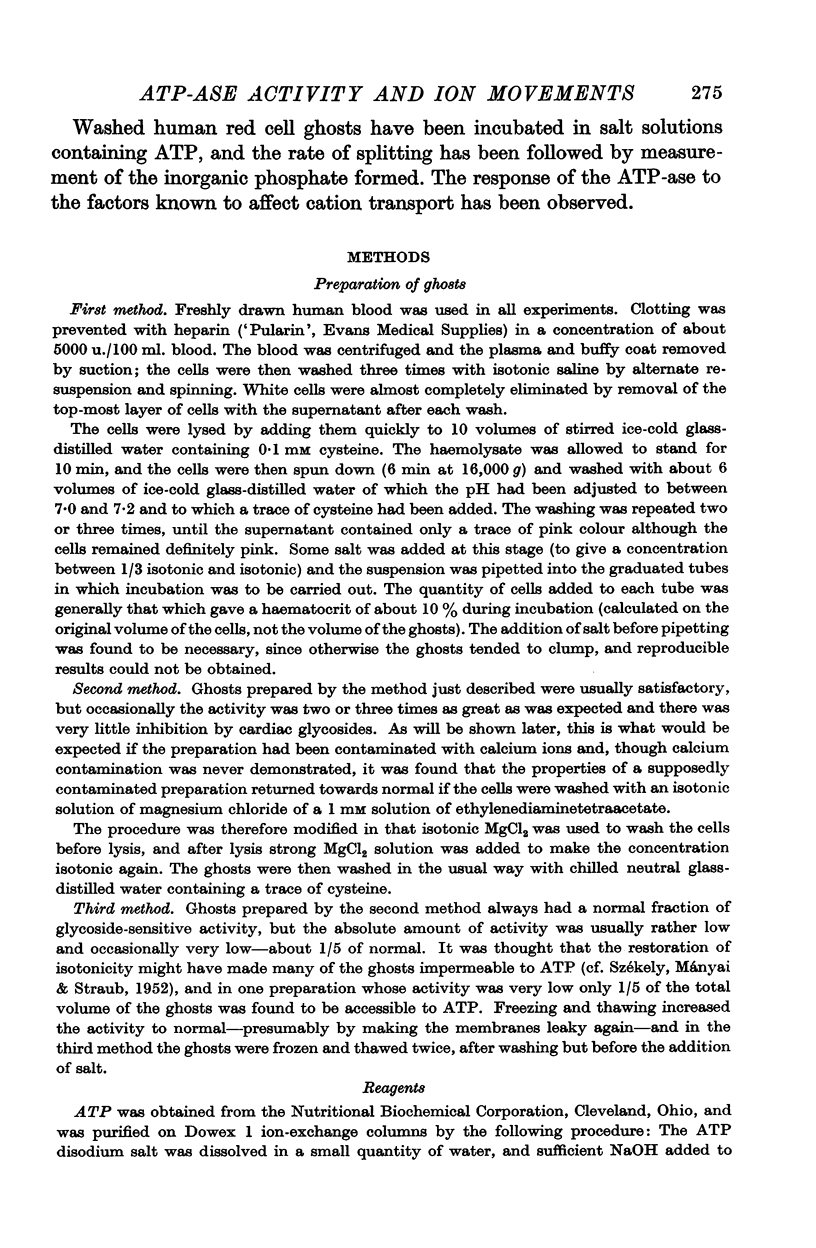







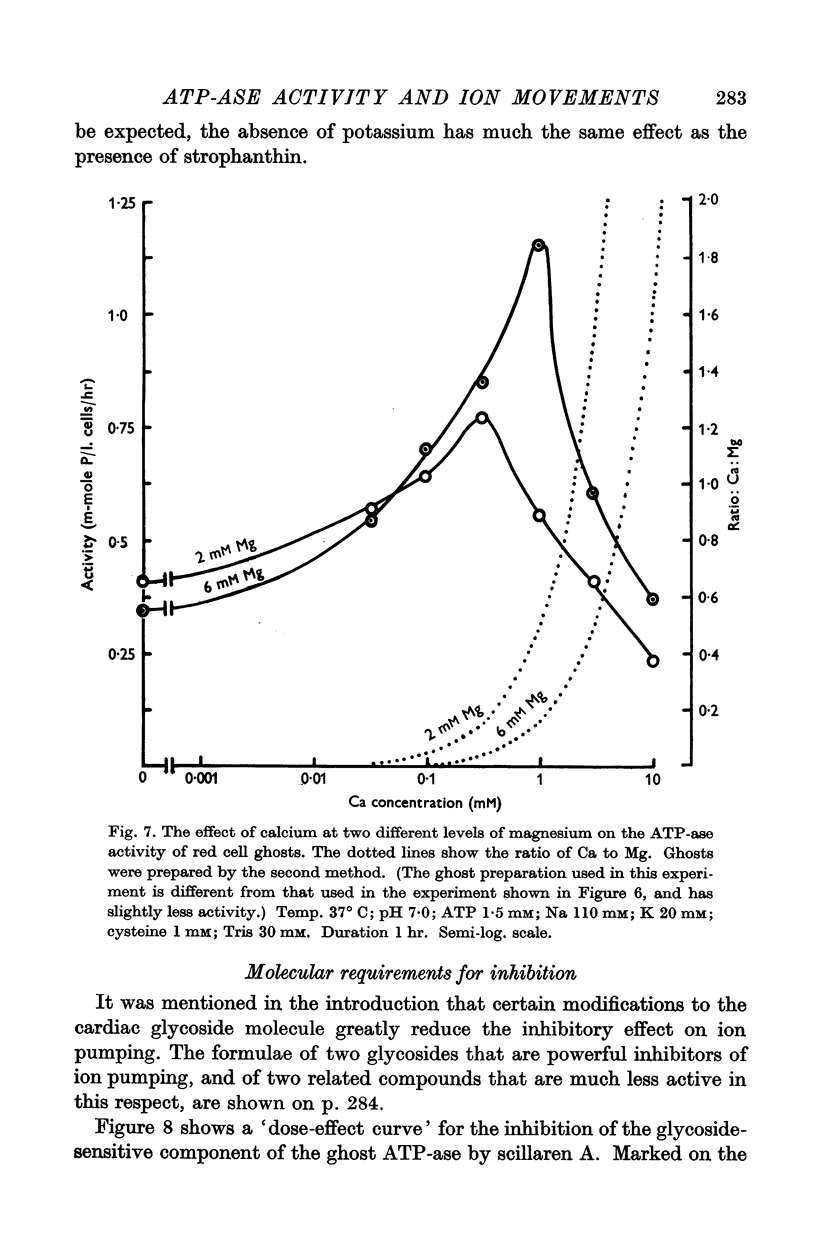



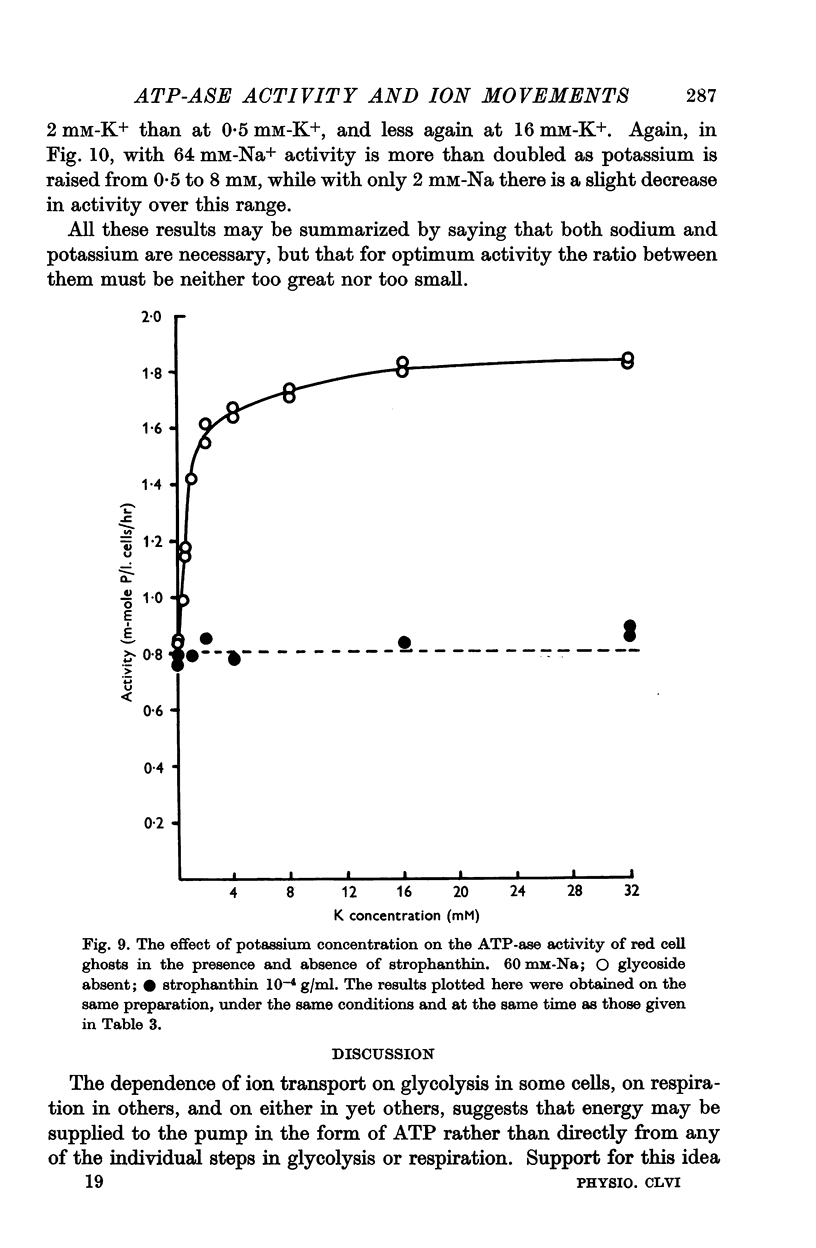

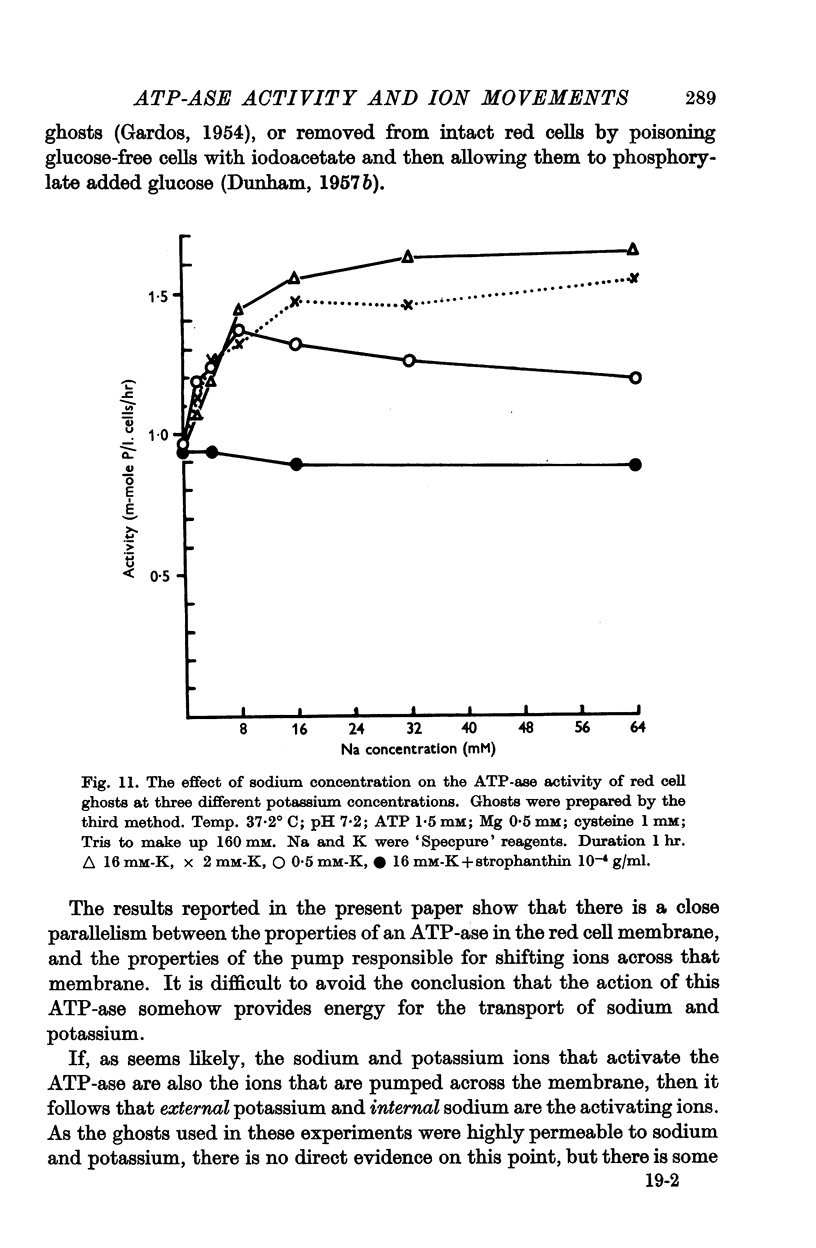



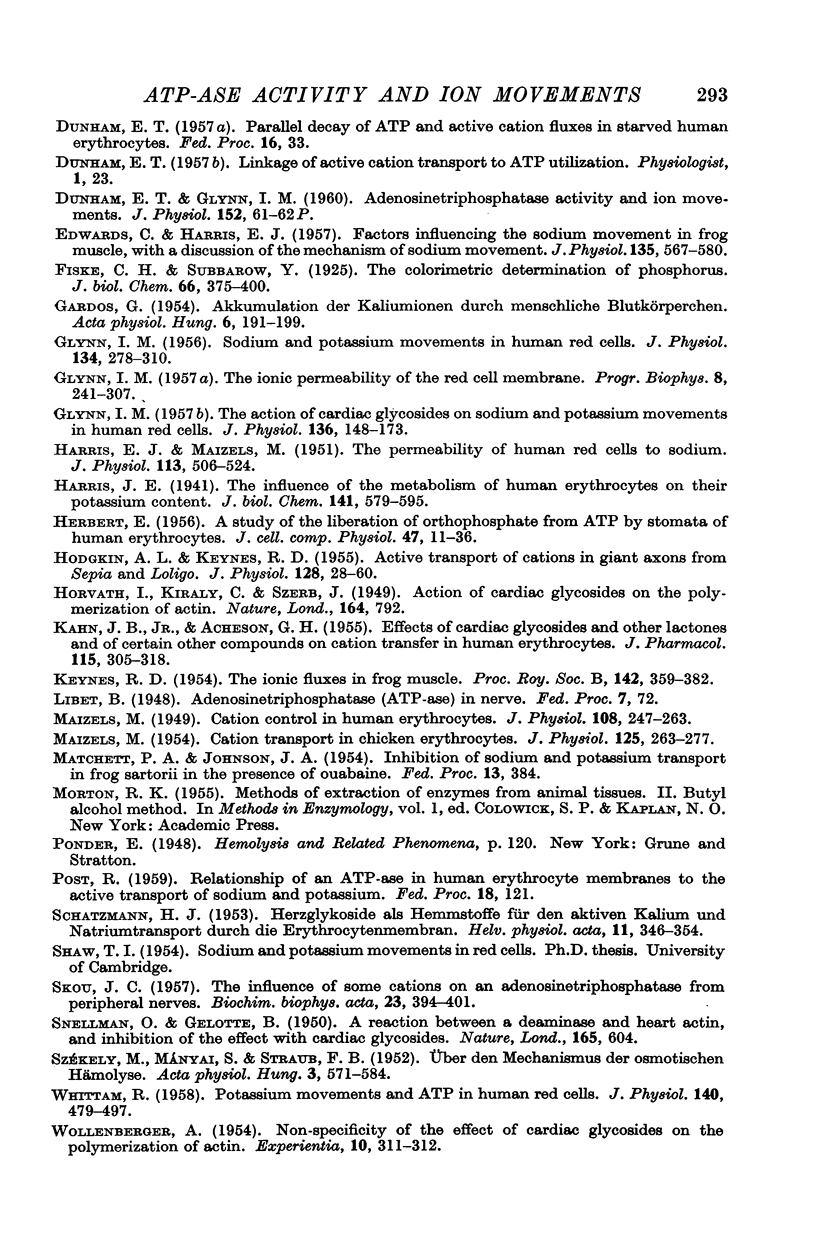
Selected References
These references are in PubMed. This may not be the complete list of references from this article.
- BURTON K. Formation constants for the complexes of adenosine di- or tri-phosphate with magnesium or calcium ions. Biochem J. 1959 Feb;71(2):388–395. doi: 10.1042/bj0710388. [DOI] [PMC free article] [PubMed] [Google Scholar]
- BURTON K., KREBS H. A. The free-energy changes associated with the individual steps of the tricarboxylic acid cycle, glycolysis and alcoholic fermentation and with the hydrolysis of the pyrophosphate groups of adenosinetriphosphate. Biochem J. 1953 Apr;54(1):94–107. doi: 10.1042/bj0540094. [DOI] [PMC free article] [PubMed] [Google Scholar]
- CAFFREY R. W., GABRIO B. W., HUENNEKENS F. M., TREMBLAY R. Erythrocyte metabolism. II. Adenosinetriphosphatase. J Biol Chem. 1956 Nov;223(1):1–8. [PubMed] [Google Scholar]
- CALDWELL P. C. The effects of certain metabolic inhibitors on the phosphate esters of the squid giant axon. J Physiol. 1956 May 28;132(2):35–6P. [PubMed] [Google Scholar]
- CLARKSON E. M., MAIZELS M. Distribution of phosphatases in human erythrocytes. J Physiol. 1952 Jan 28;116(1):112–128. doi: 10.1113/jphysiol.1952.sp004693. [DOI] [PMC free article] [PubMed] [Google Scholar]
- EDWARDS C., HARRIS E. J. Factors influencing the sodium movement in frog muscle with a discussion of the mechanism of sodium movement. J Physiol. 1957 Mar 11;135(3):567–580. doi: 10.1113/jphysiol.1957.sp005731. [DOI] [PMC free article] [PubMed] [Google Scholar]
- GARDOS G. Akkumulation der Kaliumionen durch menschliche Blutkörperchen. Acta Physiol Acad Sci Hung. 1954;6(2-3):191–199. [PubMed] [Google Scholar]
- GLYNN I. M. Sodium and potassium movements in human red cells. J Physiol. 1956 Nov 28;134(2):278–310. doi: 10.1113/jphysiol.1956.sp005643. [DOI] [PMC free article] [PubMed] [Google Scholar]
- GLYNN I. M. The action of cardiac glycosides on sodium and potassium movements in human red cells. J Physiol. 1957 Apr 3;136(1):148–173. doi: 10.1113/jphysiol.1957.sp005749. [DOI] [PMC free article] [PubMed] [Google Scholar]
- GLYNN I. M. The ionic permeability of the red cell membrane. Prog Biophys Biophys Chem. 1957;8:241–307. [PubMed] [Google Scholar]
- HARRIS E. J., MAIZELS M. The permeability of human erythrocytes to sodium. J Physiol. 1951 May;113(4):506–524. doi: 10.1113/jphysiol.1951.sp004591. [DOI] [PMC free article] [PubMed] [Google Scholar]
- HERBERT E. A study of the liberation of orthophosphate from adenosine triphosphate by the stromata of human erythrocytes. J Cell Physiol. 1956 Feb;47(1):11–36. doi: 10.1002/jcp.1030470103. [DOI] [PubMed] [Google Scholar]
- HODGKIN A. L., KEYNES R. D. Active transport of cations in giant axons from Sepia and Loligo. J Physiol. 1955 Apr 28;128(1):28–60. doi: 10.1113/jphysiol.1955.sp005290. [DOI] [PMC free article] [PubMed] [Google Scholar]
- HORVATH I., KIRALY C., SZERB J. Action of cardiac glycosides on the polymerization of actin. Nature. 1949 Nov 5;164(4175):792–792. doi: 10.1038/164792a0. [DOI] [PubMed] [Google Scholar]
- JACOBSON W. J. Successful nutrition education in elementary schools. Fed Proc. 1959 Jul;18(2 Pt 2):121–128. [PubMed] [Google Scholar]
- KAHN J. B., Jr, ACHESON G. H. Effects of cardiac glyosides and other lactones, and of certain other compounds, on cation transfer in human erythrocytes. J Pharmacol Exp Ther. 1955 Nov;115(3):305–318. [PubMed] [Google Scholar]
- KEYNES R. D. The ionic fluxes in frog muscle. Proc R Soc Lond B Biol Sci. 1954 May 27;142(908):359–382. doi: 10.1098/rspb.1954.0030. [DOI] [PubMed] [Google Scholar]
- MAIZELS M. Cation transport in chicken erythrocytes. J Physiol. 1954 Aug 27;125(2):263–277. doi: 10.1113/jphysiol.1954.sp005156. [DOI] [PMC free article] [PubMed] [Google Scholar]
- Maizels M. Cation control in human erythrocytes. J Physiol. 1949 May 15;108(3):247–263. [PMC free article] [PubMed] [Google Scholar]
- SCHATZMANN H. J. Herzglykoside als Hemmstoffe für den aktiven Kalium- und Natriumtransport durch die Erythrocytenmembran. Helv Physiol Pharmacol Acta. 1953;11(4):346–354. [PubMed] [Google Scholar]
- SKOU J. C. The influence of some cations on an adenosine triphosphatase from peripheral nerves. Biochim Biophys Acta. 1957 Feb;23(2):394–401. doi: 10.1016/0006-3002(57)90343-8. [DOI] [PubMed] [Google Scholar]
- SNELLMAN O., GELOTTE B. A reaction between a deaminase and heart actin, and inhibition of the effect with cardiac glycoside. Nature. 1950 Apr 15;165(4198):604–604. doi: 10.1038/165604a0. [DOI] [PubMed] [Google Scholar]
- SZEKELY M., MANYAI S., STRAUB F. B. Uber den mechanismus der osmotischen hämolyse. Acta Physiol Acad Sci Hung. 1952;3(3-4):571–584. [PubMed] [Google Scholar]
- WHITTAM R. Potassium movements and ATP in human red cells. J Physiol. 1958 Mar 11;140(3):479–497. [PMC free article] [PubMed] [Google Scholar]
- WOLLENBERGER A. Non-specificity of the effect of cardiac glycosides on the polymerization of actin. Experientia. 1954 Jul 15;10(7):311–312. doi: 10.1007/BF02158746. [DOI] [PubMed] [Google Scholar]


